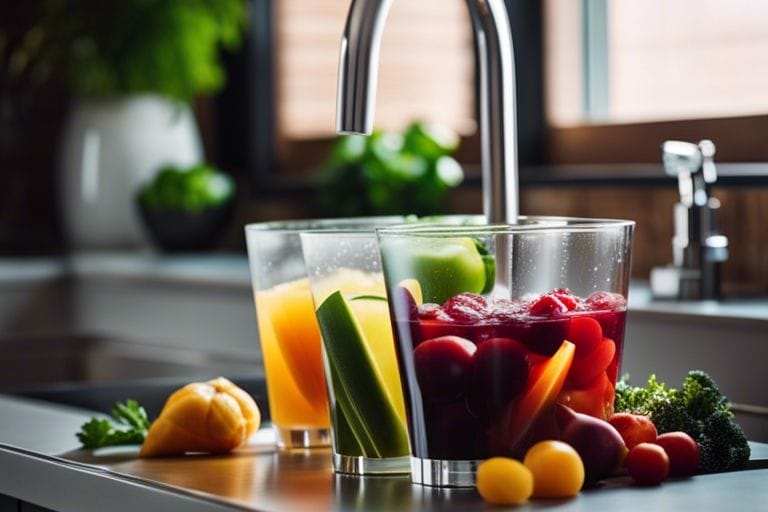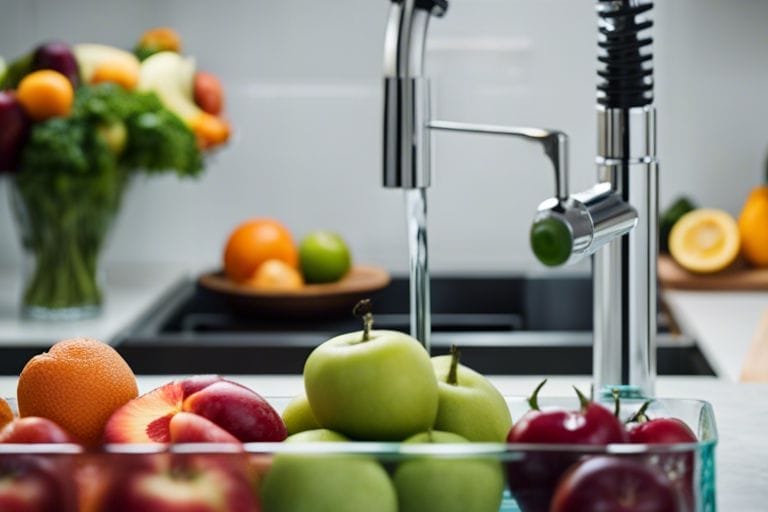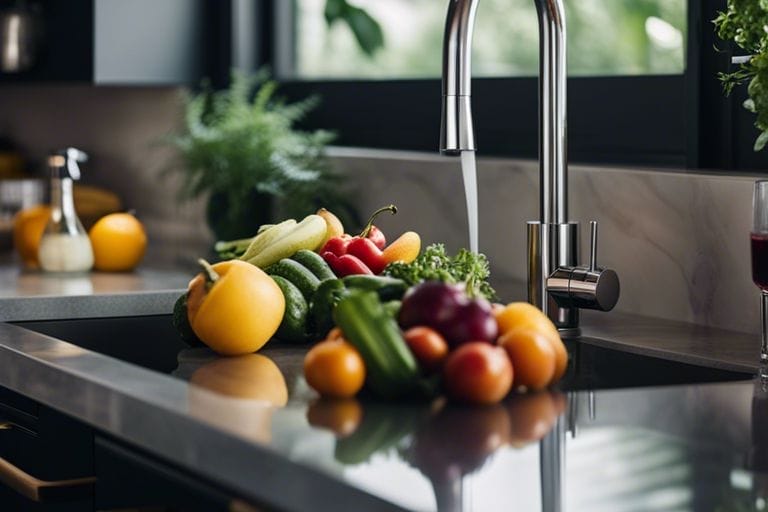When was the last time you thought about the quality of the water coming out of your kitchen tap? While we often assume that the water in our homes is safe to drink, there are a number of potential risks that you should be aware of. Factors such as contaminants, chemicals, and bacteria can all pose a threat to the safety of your tap water. In this post, we’ll discuss the importance of ensuring the tap water in your kitchen is safe to drink, and provide you with tips and guidelines for protecting your health and ensuring the safety of the water you and your family consume on a daily basis.
Key Takeaways:
- Tap water safety: In many developed countries, tap water is safe to drink and is regularly tested for contaminants. However, it’s important to stay informed about your local water quality and any potential issues that may arise.
- Water filtration: Using a quality water filtration system can provide an extra layer of protection against potential contaminants in tap water, ensuring that the water you drink is as safe and clean as possible.
- Personal responsibility: While authorities have a role in ensuring tap water safety, individuals also have a responsibility to stay informed and take necessary precautions to ensure the safety of the water they consume, such as regularly changing water filters and staying up to date on local water quality reports.
Understanding Kitchen Tap Water
Some people assume that the water coming out of their kitchen tap is safe to drink, but that may not always be the case. Understanding the quality of your tap water is important for ensuring your health and safety.
Types of Contaminants in Tap Water
When it comes to tap water safety, it’s important to be aware of the types of contaminants that can potentially be found in your water. Some common contaminants include lead, bacteria, pesticides, and chlorine. These contaminants can pose a risk to your health if consumed in high concentrations. Knowing which contaminants to look out for is the first step in ensuring the safety of your tap water.
- Lead – a toxic metal that can cause serious health issues
- Bacteria – can cause gastrointestinal problems and other illnesses
- Pesticides – harmful chemicals used in agriculture that can leach into water sources
- Chlorine – added to water to kill bacteria, but can have negative health effects if consumed in high amounts
Knowing the potential contaminants that can be found in tap water will help you take the necessary steps to ensure its safety for drinking and cooking.
Regulatory Standards for Water Safety
When it comes to tap water safety, there are regulatory standards in place to ensure that the water you drink meets certain quality criteria. In the United States, the Environmental Protection Agency (EPA) sets regulatory standards for drinking water quality, including limits on the levels of various contaminants. These standards are designed to protect public health and provide guidelines for water treatment facilities to follow in order to maintain safe drinking water for the public.

Assessing Your Home’s Water Quality
Assuming you are concerned about the safety of your tap water, it’s essential to assess your home’s water quality before determining whether it is safe to drink. Factors such as the source of your water, the age of your plumbing, and potential contaminants in your area can all affect the quality of your water. To get a better understanding of your water quality, you may want to consider conducting a test. You can also find valuable insights into this topic on Quora, where people discuss the question “Is water from the kitchen sink drinkable?”
How to Test Your Tap Water
To begin assessing the quality of your tap water, you can conduct a simple at-home test using water testing kits readily available in hardware stores or by contacting your local water utility for a professional analysis. These tests typically check for various contaminants such as lead, bacteria, pesticides, and chlorine. By performing a water quality test, you can gain valuable insights into the safety of your tap water and identify any potential issues.
Interpreting Test Results
Once you’ve conducted a test on your tap water, it’s crucial to understand and interpret the results. Look for any concerning levels of contaminants such as lead, bacteria, or other harmful substances. If the test reveals elevated levels of contaminants, it’s necessary to take action to address the issue. On the other hand, if the results show that your water meets safety standards, you can have peace of mind knowing that your tap water is safe to drink. It’s important to stay informed about potential health risks related to your water quality and take appropriate measures to ensure the safety of your drinking water.

Enhancing Kitchen Water Safety
For reassurance about the safety of tap water in your kitchen, you can consult expert opinions from reputable sources. Is tap water safe to drink? We talked to experts – Reviewed is an informative article that can address some of your concerns and provide valuable insights into tap water safety.
Filtration Systems and Treatment Options
When it comes to enhancing the safety of your kitchen water, investing in a high-quality filtration system or treatment option is key. Filtration systems can effectively remove contaminants and impurities, ensuring that the water you consume is pure and safe. From activated carbon filters to reverse osmosis systems, there are various options available to suit your specific needs and budget. It’s important to research and choose a filtration system that is capable of effectively removing potential harmful substances from your tap water.
Best Practices for Maintaining Water Purity
Aside from investing in filtration systems, there are also best practices you can implement to maintain the purity of your kitchen water. Regular maintenance and servicing of your filtration system is crucial to ensure that it continues to operate at its optimal efficiency. Additionally, it’s important to be mindful of potential contaminant sources in your kitchen, such as chemical cleaning products or old plumbing systems. By being proactive and attentive to these factors, you can safeguard the quality of your tap water.
Is Kitchen Water Safe to Drink? Ensuring Tap Water Safety
From above deliberations, it is evident that ensuring the safety of your kitchen tap water is of utmost importance. By following the recommended guidelines, you can take the necessary steps to make sure your tap water is safe to drink. It is essential to regularly check for any potential contaminants in your water and invest in a water filtration system if needed. Additionally, being mindful of the piping and plumbing in your home can also contribute to the overall safety of your kitchen water. By staying informed and proactive, you can ensure that your kitchen tap water is safe for you and your family to drink.
FAQ
Q: Is kitchen water safe to drink?
A: Yes, in most cases, kitchen tap water is safe to drink. However, it is important to ensure that the water is free from contaminants and impurities before consuming it.
Q: How can I ensure the safety of tap water in my kitchen?
A: You can ensure the safety of tap water in your kitchen by regularly testing it for impurities such as lead, bacteria, and chemicals. Using a water filter or a water purification system can also help remove any potential contaminants.
Q: What are some signs that indicate tap water in my kitchen may not be safe to drink?
A: Signs that tap water in your kitchen may not be safe to drink include a strange odor or taste, discoloration, or the presence of particles in the water. If you notice any of these signs, it is recommended to have the water tested and to use an alternative source of drinking water until the issue is resolved.

